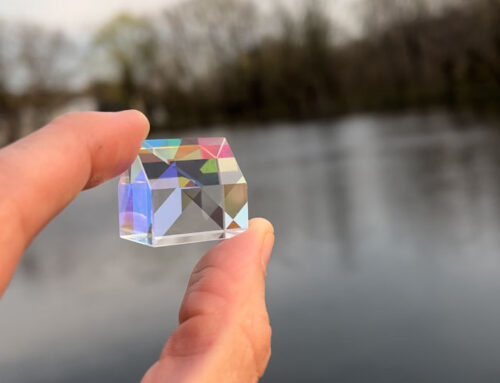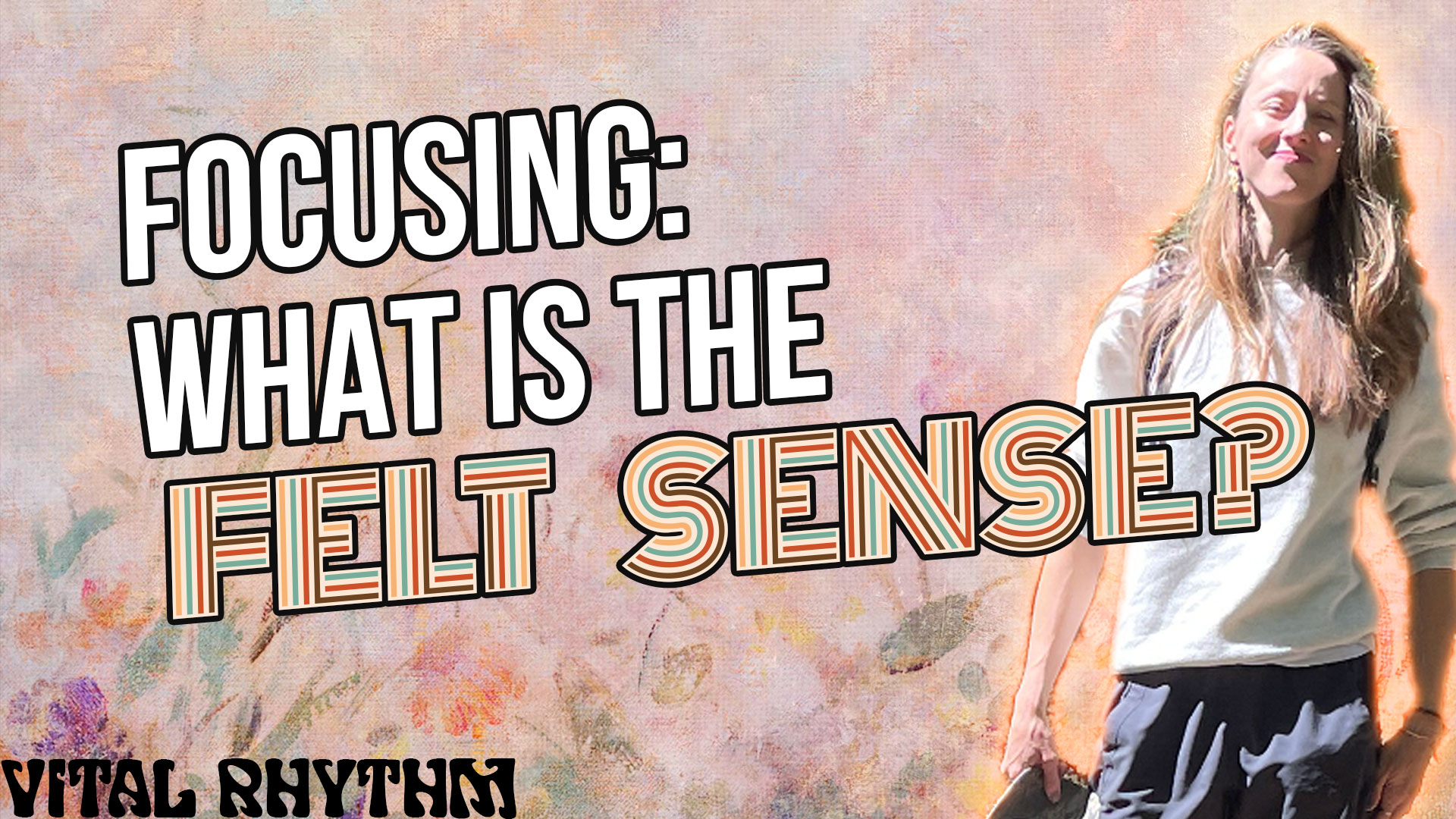Here’s your complete, ready-to-copy blog post with everything integrated, from the intro to the structured water science to the experiment itself:
—
## **Light, Water, and the Memory of the Sun: A Simple Experiment with Prism-Structured Water**
Water is not just a passive liquid—it’s a living medium, responsive to its environment in ways we’re only beginning to understand. From the concept of *structured water* to the discoveries of light-energized zones called *Exclusion Zones*, there’s growing evidence that water has the potential to hold, store, and even **transmit energy and information**.
But what happens when you introduce a **prism**—that sacred tool of light-splitting wonder—*into* water and invite the full spectrum of sunlight to dance within it? Could this interplay of **geometry, light, and fluid** result in water that behaves differently? That perhaps even *nourishes* differently?
This experiment aims to explore exactly that.
—
## **Background: What Is Structured Water?**
The theory of structured water suggests that, under certain conditions, water molecules align into more **coherent, lattice-like formations**—something more organized than the randomly moving molecules in ordinary H₂O.
### **The Science Behind It: H₂O vs. H₃O₂**
Dr. Gerald Pollack’s research at the University of Washington revealed a **fourth phase of water**—neither solid, liquid, nor vapor. This form appears near hydrophilic (water-attracting) surfaces and is called the **Exclusion Zone (EZ)** because it pushes out impurities and solutes.
Here’s the fascinating part: EZ water doesn’t follow the same molecular formula as ordinary water. Instead of H₂O, **it’s H₃O₂**—a **more viscous, negatively charged, and structured form** of water.
– **H₂O** is made up of 2 hydrogen atoms and 1 oxygen atom.
– **H₃O₂** has an **extra hydrogen and oxygen**, forming **a gel-like lattice** that may be more bioavailable and energetically rich.
This structure allows EZ water to **store energy**, **transmit charge**, and potentially **interact with biological systems** in unique ways.
And here’s where light comes in: **infrared light (from the sun)** has been shown to **increase the size of the Exclusion Zone**, suggesting that sunlight can literally energize water into this H₃O₂ state.
Now imagine introducing a **prism** into the process, filtering and splitting the sunlight into its individual frequencies—each carrying a unique energetic signature. This is where our experiment begins.
—
## **Hypothesis**
If sunlight filtered through a prism into water can influence the molecular structure or energetic quality of the water, then **plants watered with this prism-energized water may grow more vibrantly** than those watered with regular tap water.
—
## **The Prism Water Experiment**
### **Materials**
– 1 glass bowl or wide-mouth jar (clear)
– 1 small glass prism
– Access to natural sunlight
– Tap water (or filtered water for a cleaner baseline)
– 4–6 identical small plants (same species and pot size)
– Labels for each plant
– Notebook or spreadsheet for tracking observations
—
### **Setup**
**1. Create the Prism Water**
– Fill a clear bowl with tap water.
– Submerge a **glass prism** in the water.
– Place the bowl in direct **sunlight** for 2–3 hours daily (morning sun preferred for gentler energy).
– Do this for **3–4 days** to create your “charged” water supply. You can refrigerate unused portions.
**2. Label Your Plants**
– Label half of the plants “Prism Water” and the other half “Tap Water.”
– Ensure all pots are **identical** in soil, drainage, and size.
**3. Placement & Variables**
– Place all plants in **the same location** so they receive equal sunlight, air flow, and temperature.
– Water each plant with the **same amount** of water (e.g., ¼ cup) every 2–3 days.
– Keep a **log** of dates watered and any visible changes in the plants.
—
### **Tracking Observations**
Use a simple checklist or journal to monitor:
– Leaf color and vibrancy
– Leaf size and shape
– Stem length or branching
– Wilting, dryness, or drooping
– Overall plant “mood” or health
Optionally:
– Take weekly **photos** from the same angle
– Use a small ruler to track growth
—
## **Duration**
Run the experiment for **3–4 weeks** to allow meaningful patterns to emerge and avoid false positives from short-term changes.
—
## **Closing Thoughts: The Light Within Water**
Whether or not measurable growth differences appear, this experiment is a portal into a deeper relationship with the natural world. You’re not just watering plants—you’re experimenting with **the interplay of sunlight, structure, and intention**.
You’re participating in a quiet conversation between light and liquid, between memory and molecule.
And maybe, just maybe, a little prism in a bowl is enough to remind us that even the smallest changes in how we relate to the elements around us can ripple outward with surprising beauty.
—
Let me know if you’d like this turned into a downloadable PDF, Notion tracker, or shareable graphic version for your blog or social media.









Leave A Comment